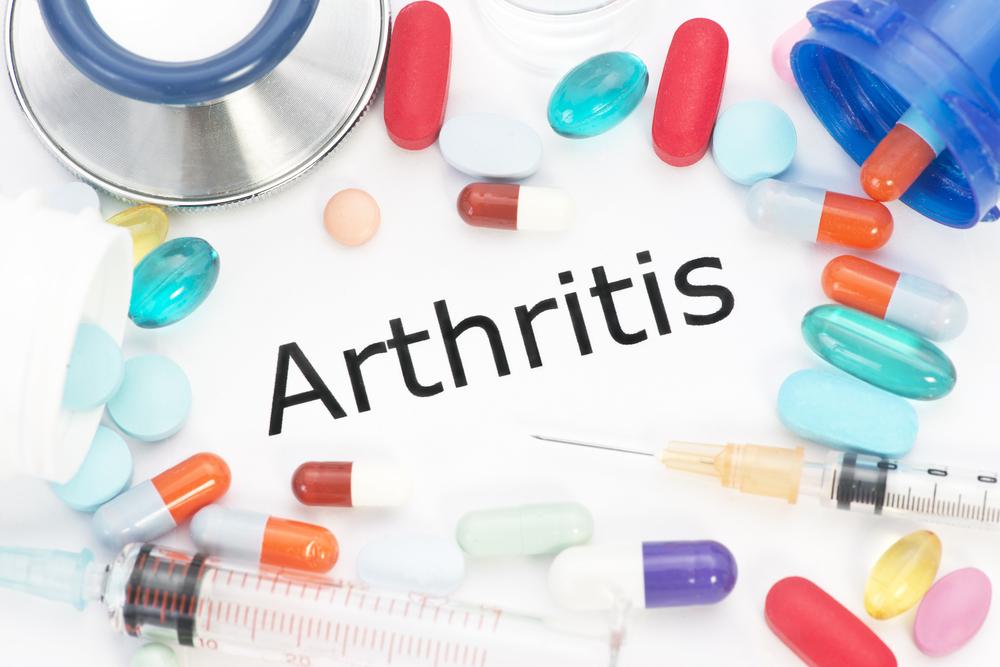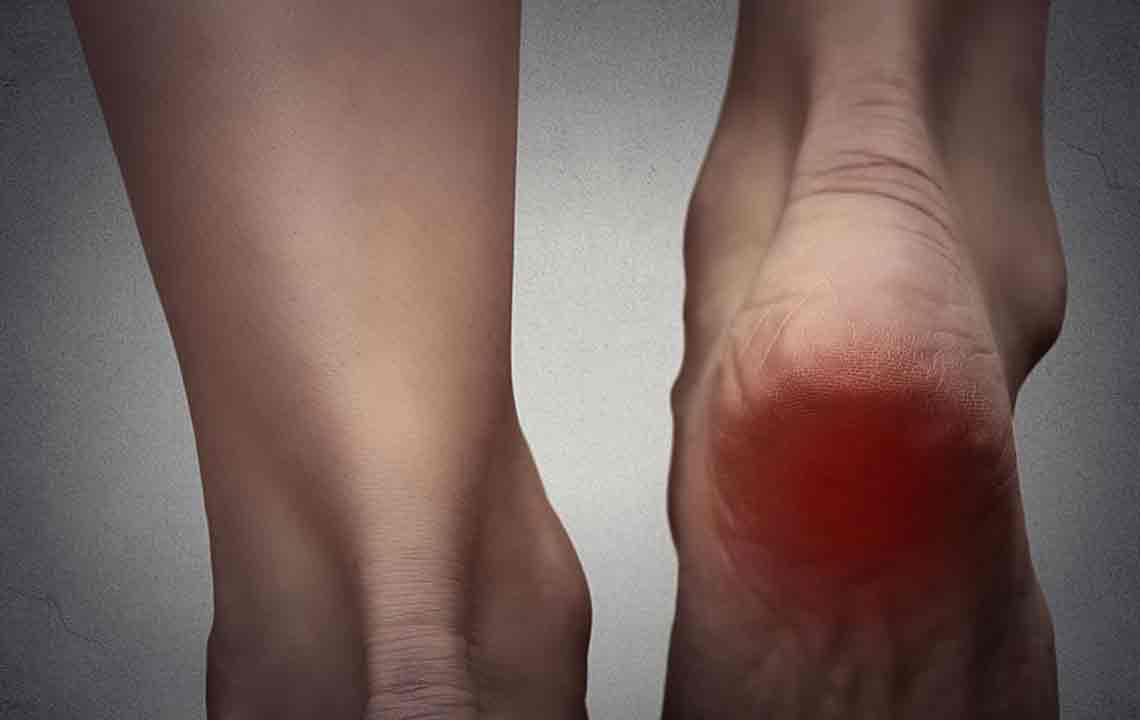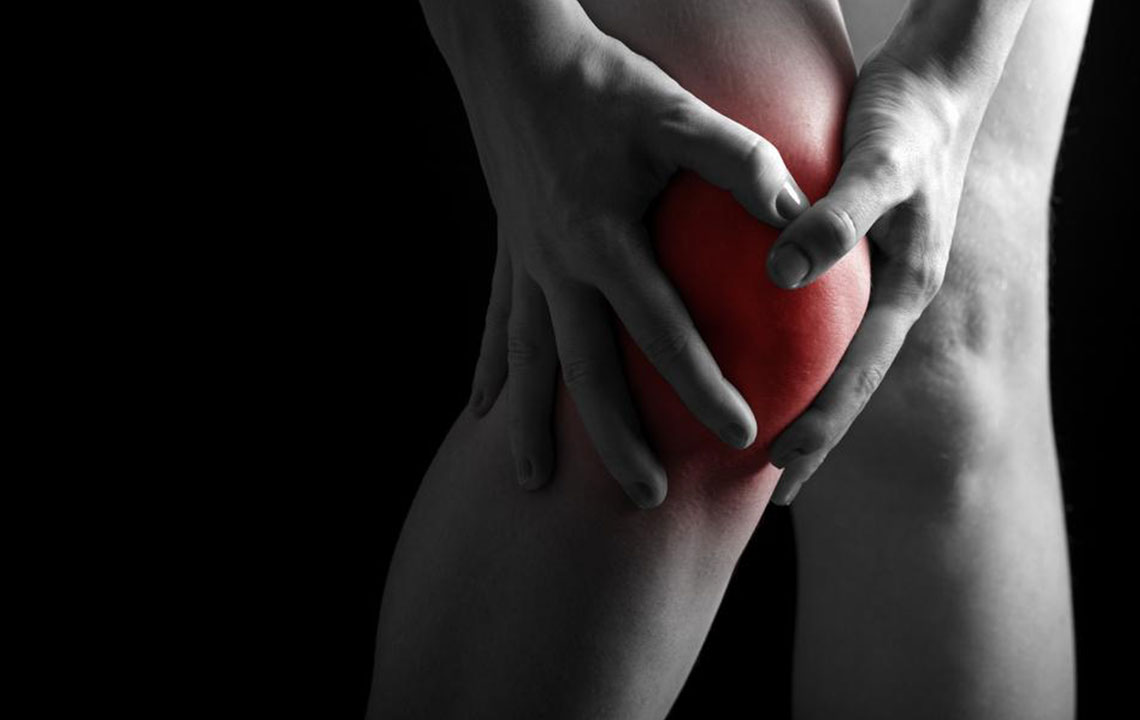Comprehensive Guide to Osteoarthritis: Causes, Joint Changes, and Management Strategies
This comprehensive article explores osteoarthritis in detail, covering its causes, the structural changes it induces in joints, including cartilage, subchondral bone, and synovial tissue. It discusses risk factors like aging and obesity, highlights key pathological mechanisms, and offers insights into current management strategies. By understanding the intricacies of OA, patients and healthcare providers can make informed decisions to manage symptoms and slow disease progression effectively, ultimately enhancing quality of life.

Comprehensive Guide to Osteoarthritis: Causes, Joint Changes, and Management Strategies
Osteoarthritis (OA) is recognized as the most prevalent form of arthritis affecting millions around the globe. Characterized by the slow and progressive degeneration of joint cartilage along with changes in the underlying bone and surrounding tissues, osteoarthritis significantly impacts the quality of life for those afflicted. With nearly 15% of the worldwide population experiencing OA at some point in their lives, understanding its causes, the anatomical changes it induces, and the available management options becomes essential for patients, healthcare providers, and caregivers alike. This extensive review delves into the intricacies of osteoarthritis, highlighting the key factors that contribute to its development and progression, along with strategies to manage its symptoms effectively.
Osteoarthritis predominantly affects weight-bearing joints such as the knees and hips, but it can also involve smaller joints like those in the hands and fingers. The likelihood of developing OA over a lifetime ranges from 40% to 47%, with several factors influencing susceptibility. Obesity, for example, significantly increases the risk due to extra mechanical stress and metabolic inflammation, while athletes and individuals with joint injuries are also more vulnerable. Although age remains a primary risk factor, genetic predisposition and biochemical mechanisms play critical roles in disease onset and progression.
The pathology of osteoarthritis involves complex interactions among various joint components, primarily the cartilage, subchondral bone, and synovial tissue. These structures work together to facilitate smooth movement but undergo significant changes during OA, resulting in pain, stiffness, and decreased joint function.
Understanding the Key Joint Components Affected by Osteoarthritis
Cartilage Damage and Degradation
The articular cartilage is a specialized connective tissue that covers the ends of bones within a joint. Its primary function is to absorb shock and facilitate low-friction movement. The maintenance of healthy cartilage depends on a delicate balance between the synthesis of extracellular matrix proteins, like type II collagen and proteoglycans, by cells known as chondrocytes, and their breakdown. In osteoarthritis, this balance is disrupted, leading to increased catabolic activity where enzymes such as matrix metalloproteinases (MMPs) degrade the matrix components.
This enzymatic activity is often stimulated by inflammatory mediators released during joint injuries or metabolic imbalances. The result is the breakdown of cartilage tissue, which initially manifests as softening and swelling. As progression continues, the cartilage becomes thinner and develops fissures, exposing subchondral bone. The loss of cartilage results in joint pain, stiffness, and compromised mobility, which are hallmark symptoms of OA.
Subchondral Bone Remodeling and Changes
Beneath the cartilage lies the subchondral bone, which provides structural support and absorbs mechanical impacts during movement. In healthy joints, this bone maintains a dynamic balance of remodeling processes, ensuring it remains resilient yet adaptable. However, in osteoarthritis, abnormal remodeling occurs, characterized by increased bone turnover, cyst formation, and the development of osteophytes or bone spurs.
These osteophytes tend to form around the joint margins and can restrict movement, while subchondral bone marrow lesions and cysts indicate ongoing bone deterioration. As the disease advances, significant bone loss and necrosis weaken the joint, leading to deformities. The altered architecture of subchondral bone not only exacerbates cartilage degeneration but also contributes to pain via increased nerve endings and inflammatory mediators in the bone tissue.
Synovial Membrane, Menisci, and Associated Structures
The synovial membrane lines the entire joint capsule and secretes synovial fluid, which lubricates the joint and provides nutrients to the avascular cartilage. In OA, the synovial membrane often becomes hypertrophic and inflamed—a process known as synovitis. This inflammatory response releases cytokines such as interleukins (IL-1, IL-6) and tumor necrosis factor-alpha (TNFα), which further aggravate cartilage damage and pain.
The menisci, fibrocartilaginous structures that act as shock absorbers and stabilizers in the knee, typically degenerate or tear in OA. Meniscal damage diminishes joint stability and increases mechanical stress on cartilage, accelerating deterioration. The combined effect of synovial inflammation, meniscal degeneration, and subchondral bone changes creates a vicious cycle that progressively destroys joint integrity.
Implications and Management of Osteoarthritis
Managing osteoarthritis involves a comprehensive approach aimed at alleviating symptoms, improving joint function, and slowing disease progression. Lifestyle modifications such as weight reduction, regular low-impact exercise, and physical therapy form the foundation of treatment strategies. Pharmacological interventions include analgesics, non-steroidal anti-inflammatory drugs (NSAIDs), and topical agents to control pain and inflammation.
Advanced cases may require intra-articular injections of corticosteroids or hyaluronic acid to provide relief. In severe cases, surgical options like joint replacement or osteotomy are considered. Additionally, emerging regenerative therapies, including platelet-rich plasma (PRP) and stem cell treatments, are proving promising in restoring joint health.
Understanding the disease process helps patients and clinicians tailor management plans effectively, emphasizing early intervention to preserve joint function and maintain quality of life.





